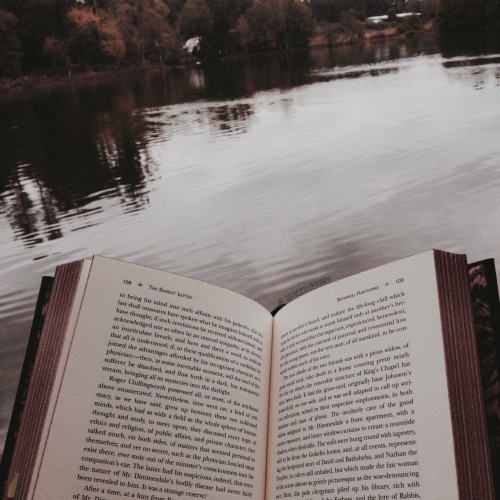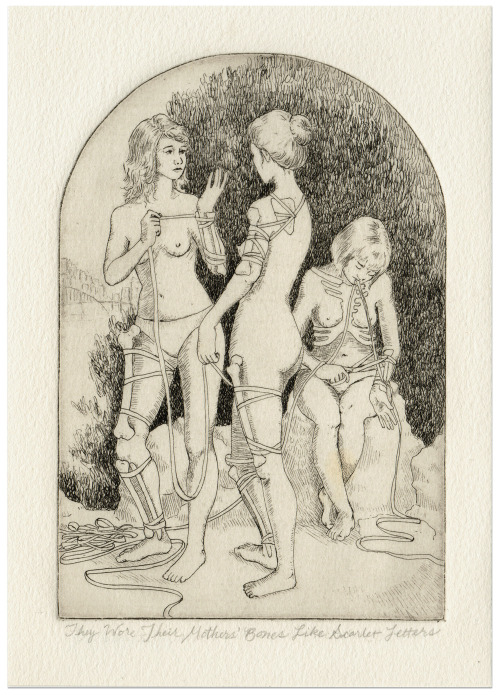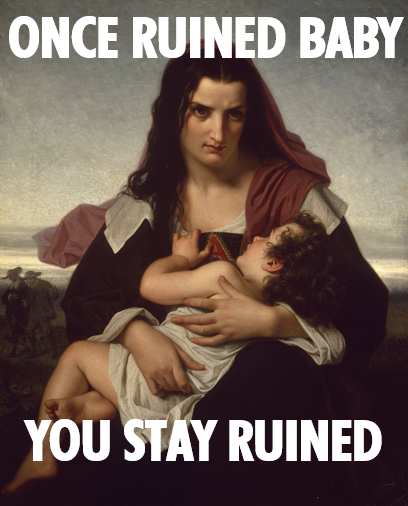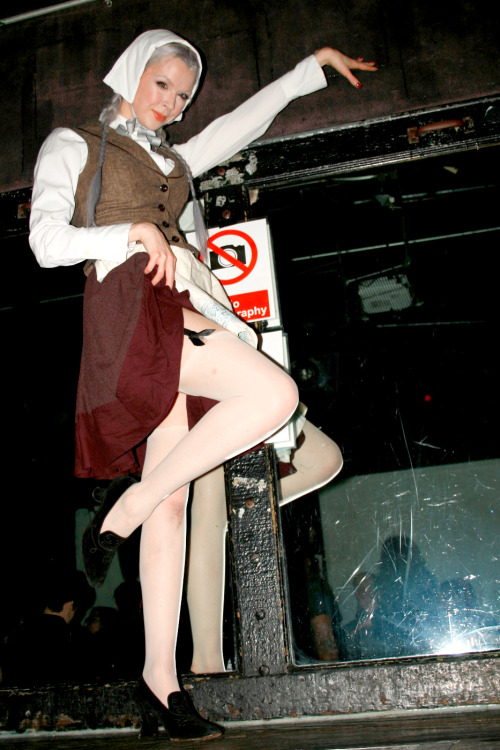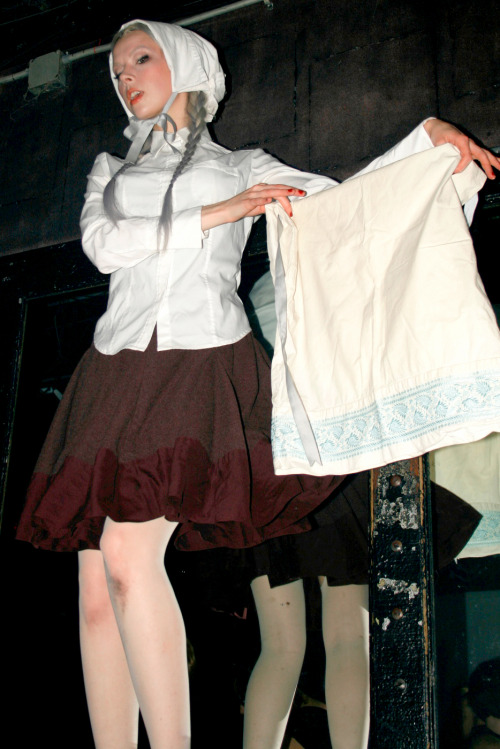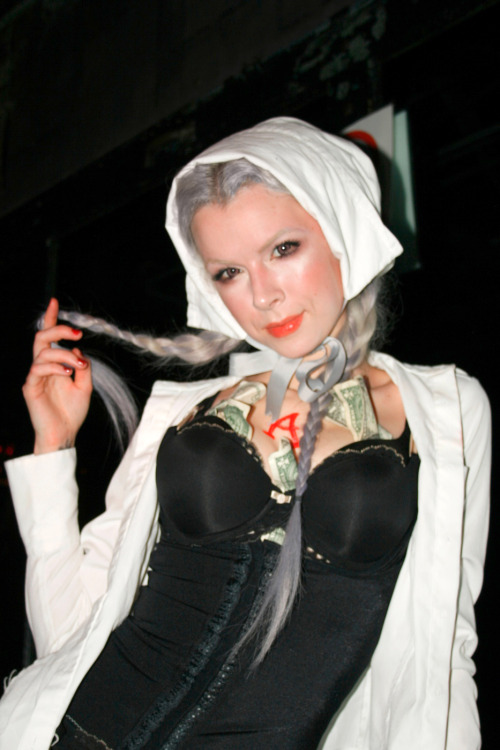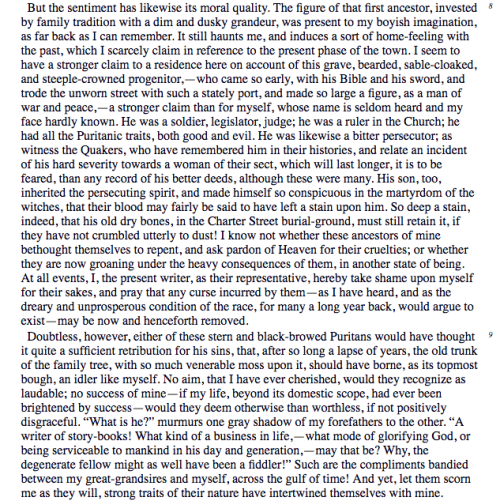#the scarlet letter
“We dream in our waking moments, and walk in our sleep.” – Nathaniel Hawthorne (The Scarlet Letter)
Post link
They Wore Their Mothers’ Bones Like Scarlet Letters, 2009, intaglio etching, after The Three Fates (Die Parzen) by Theodor Baierl, 7.75 x 5.5 inches, edition of 3 (first state). By Heather Lee Birdsong.
As a white woman and student of (predominantly European) art history, I am naturally interested in how white women have been depicted throughout that history and how these depictions continue to manifest in contemporary culture. In this work, I’ve turned the gazes of the women inward, toward each other rather than the viewer: they self-consciously and collectively carry the weight of a macabre history. What does it mean to carry this history, and how is it best borne? Is Clotho, the cutter of the thread of life, resigned to it, or preparing to cut herself loose? I give different answers on different days.
This print references two works by white male creators: the anachronistic painter Theodor Baierl (who created his Fates painting, with the central figure’s strikingly confrontational glare, in the immediate years following the end of World War I) and Nathaniel Hawthorne’s The Scarlet Letter (originally published in 1850; like many American children, I first read it in high school).
This work was recently featured in a solo exhibition, and the edition sold out. A second state exists, all of which are in private collections too. A third state with aquatint is forthcoming, but I have no idea when completion of the plate and printing may be possible. If you would like updates about this work, please contact me via my website, here.
[image description] In this line etching, three women, mostly nude, use a single, long ribbon to tie human bones to their bodies in corresponding places. Two are standing, staring into each other’s faces. The third woman, seated on a rock behind and to the left of the other women, holds the ribbon taut between her mouth and wrist, poised to cut it with a pair a scissors.
Post link
what the hell does a gogo dancer wear to a Thanksgiving-themed goth club, anyway?
…oh.
ohhhhhhhhh.
Post link
In the autobiographically-inspired parts of his introduction to The Scarlet Letter, Nathaniel Hawthorne considered the possibility that some of his Puritan forebears wound up in hell and/or that he himself was their comeuppance.
I’ve always loved his writing, and the older I get the more I’m struck by all the patterns of rumination we share.
Post link
1.The Cremator (1969, Juraj Herz)
2.Gun Crazy (1950, Joseph H. Lewis)
3.Girlhood (2014, Céline Sciamma)
4.Holiday (1938, George Cukor)
5.Olivia (1951, Jacqueline Audry)
6.Children of Divorce (1927, Josef von Sternberg & Frank Lloyd)
7.The Misfits (1960, John Huston)
8.The Scarlet Letter (1926, Victor Sjöström)
9.Vampyr (1932, Carl Theodor Dreyer)
10.Investigation of a Citizen Above Suspicion (1970, Elio Petri)
A Farewell to Arms (1932, Frank Borzage)
Awaara (1951, Raj Kapoor)
Blood on the Moon (1948, Robert Wise)
Children of Divorce (1927, Josef von Sternberg & Frank Lloyd)
Cocktail (1988, Roger Donaldson)
Delinquent Girl Boss: Worthless to Confess (1971, Kazuhiko Yamaguchi)
Eurovision Song Contest: The Story of Fire Saga (2020, David Dobkin)
Girlhood (2014, Céline Sciamma)
Gun Crazy (1950, Joseph H. Lewis)
Guys and Dolls (1955, Joseph L. Mankiewicz)
Holiday (1938, George Cukor)
Investigation of a Citizen Above Suspicion (1970, Elio Petri)
Olivia (1951, Jacqueline Audry)
Permission (2017, Brian Crano)
Rancho Notorious (1952, Fritz Lang)
Stromboli (1950, Roberto Rossellini)
The Cremator (1969, Juraj Herz)
The Eagle and the Hawk (1933, Stuart Walker)
The Handmaid’s Tale (1990, Volker Schlöndorff)
The Misfits (1960, John Huston)
The Scarlet Letter (1926, Victor Sjöström)
Vampyr (1932, Carl Theodor Dreyer)
Walk on the Wild Side (1962, Edward Dmytryk)
what books were you assigned to read in a class that you still hold a violent and bitter grudge against
for me it’s into the wild and the scarlet letter


